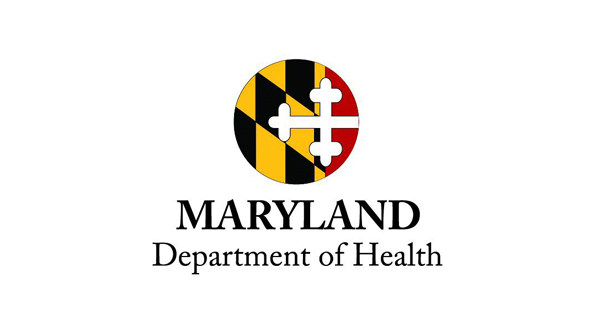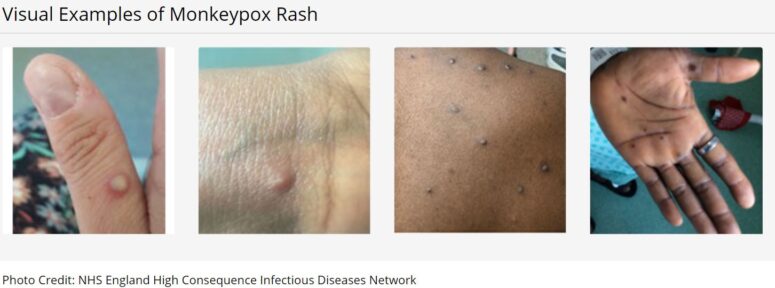 The Maryland Department of Health (MDH), in collaboration with the U.S. Centers for Disease Control and Prevention (CDC), identified the first presumed case of human monkeypox virus infection in an adult Maryland resident from the National Capital Region on Thursday, June 16, 2022.
The Maryland Department of Health (MDH), in collaboration with the U.S. Centers for Disease Control and Prevention (CDC), identified the first presumed case of human monkeypox virus infection in an adult Maryland resident from the National Capital Region on Thursday, June 16, 2022.
The individual is currently recovering in isolation and is not hospitalized. The initial testing was conducted at the State Public Health Laboratory. MDH is awaiting confirmatory testing to be conducted at the Centers for Disease Control and Prevention (CDC).
“Although human monkeypox is a rare infection in the United States, this Maryland case and other cases in the region and country remind us that we need to be prepared and take steps to prevent infection and its spread,” said MDH Deputy Secretary for Public Health Dr. Jinlene Chan. “MDH will continue to work with local and federal public health authorities and communicate responsibly with Maryland residents as we learn more.”
Human monkeypox is in the same family of viruses as smallpox but generally causes a milder infection. It can be spread between people through direct contact with skin lesions, body fluids or contaminated materials such as clothing or linens. It can also be spread through large respiratory droplets, which generally cannot travel more than a few feet, and prolonged face-to-face contact is required. The World Health Organization is in the process of establishing a new name for the virus.
Presenting symptoms typically include fever, chills, new swelling of lymph nodes, and a distinctive rash that often starts on the face and spreads to other parts of the body; however, onset of rash lesions elsewhere in the absence of other symptoms has been reported. Symptoms generally appear seven to 14 days after exposure and, for most people, clear up within two to four weeks. Individuals identified as having been potentially exposed to this case will be monitored for symptoms for 21 days after exposure.
While the risk of human monkeypox transmission remains low, the public is strongly encouraged to stay alert for any symptoms of the illness and to seek medical care immediately, especially if you meet this criteria:
Those who traveled to central or west African countries, parts of Europe where monkeypox cases were reported, or other areas with confirmed cases of monkeypox the month before their symptoms began;
Those who have had close contact with a person with confirmed or suspected monkeypox; or
Those who have had close or intimate in-person contact with individuals in a social network experiencing monkeypox activity, which includes men who have sex with men
Clinicians are urged to maintain a high index of suspicion for clinically compatible illness, including the characteristic rash, and to contact their local health department for consultation and potential testing.
MDH provides human monkeypox information and resources for residents and clinicians on its website. Visit health.maryland.gov/monkeypox.
About Monkeypox
2022 U.S. Monkeypox Cases
- CDC is tracking multiple cases of monkeypox that have been reported in several countries that don’t normally report monkeypox, including the United States.
- CDC is urging healthcare providers in the U.S. to be alert for patients who have rash illnesses consistent with monkeypox.
- CDC is working with state and local health officials to identify people who may have been in contact with individuals who have tested positive for monkeypox, so they can monitor their health.
- Monkeypox is rare and does not spread easily between people without close contact. The threat of monkeypox to the general U.S. population remains LOW



